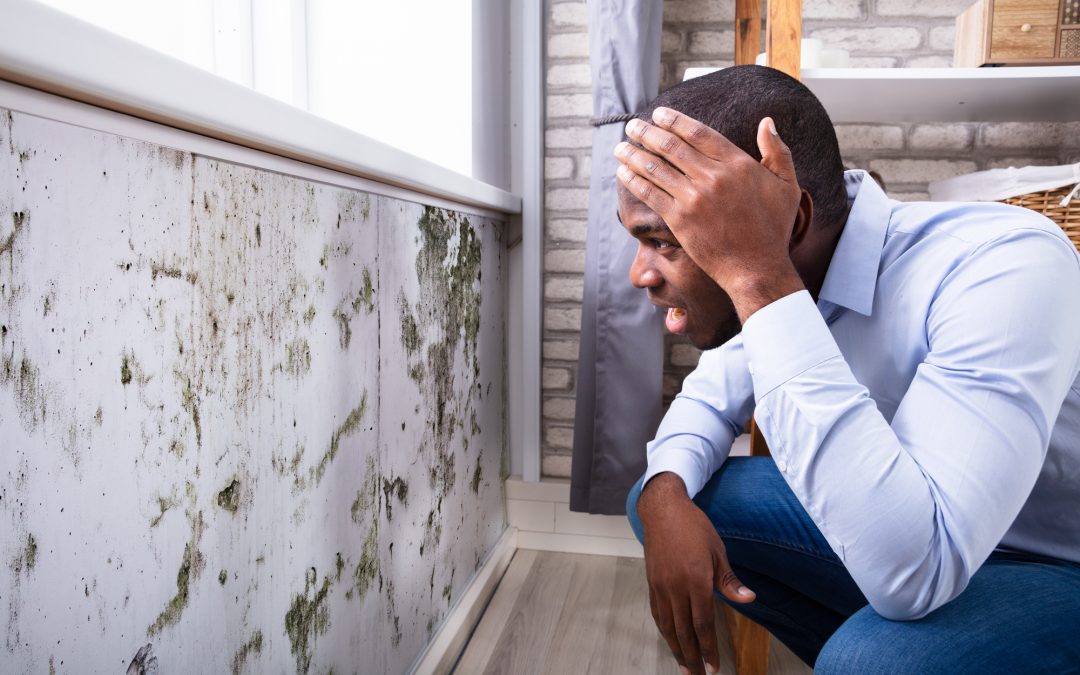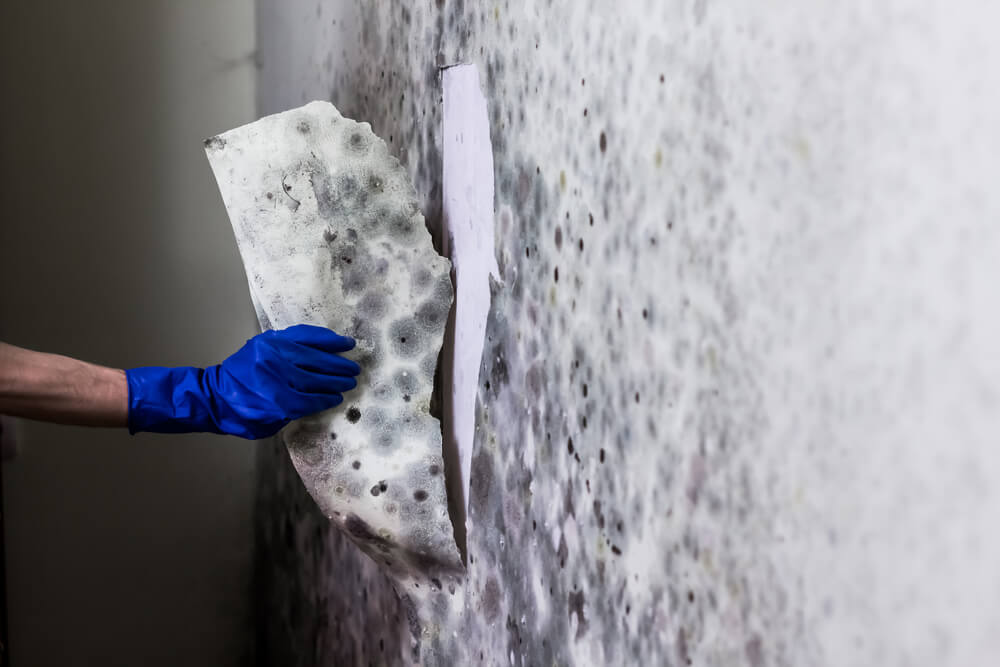Vital Steps After Mold Remediation
Vital Steps After Mold Remediation
Blog Article
Secret Steps for Successful Post Mold Removal
Addressing mold and mildew concerns in a efficient and timely manner is crucial for maintaining a healthy and balanced interior atmosphere. Effectively completing mold and mildew removal is a multifaceted procedure that needs attention to information and adherence to details procedures. From examining treated locations to applying moisture control measures, each step plays a critical duty in making certain the effectiveness of the remediation procedure. There are key post-remediation actions that are equally vital however often forgotten. These steps not just verify the success of the removal efforts yet likewise add to stopping future mold and mildew growth.
Evaluation of Treated Locations
Upon conclusion of the mold removal procedure, a complete inspection of the dealt with locations is crucial to ensure the efficiency of the removal initiatives. This inspection works as an essential step in the post-remediation phase to confirm that the mold and mildew elimination and cleanup procedures were effective in removing the mold and mildew infestation and bring back a risk-free interior setting. The inspection ought to be carried out by certified specialists who have the competence to analyze the remediated locations meticulously.
These consist of visual analyses to inspect for any indicators of mold growth or water damages, moisture degrees to verify that the location is cost-free and dry of excess moisture that could advertise mold re-growth, and air top quality testing to ensure that the indoor air is safe to breathe. Additionally, the assessment may include using specialized devices such as moisture meters and thermal imaging cams to spot surprise mold or dampness pockets that could lead to future mold troubles if left unattended.

Dampness Control Actions
Reliable dampness control procedures are necessary for avoiding mold development and keeping a healthy indoor setting. Furthermore, utilizing dehumidifiers in damp locations can assist reduce moisture levels, making it harder for mold to grow.
Consistently checking and maintaining the structure's exterior can also stop wetness intrusion. After mold remediation. Guaranteeing that seamless gutters are clear, downspouts direct water far from the foundation, and the roof covering is in excellent condition can aid avoid water from permeating into the building. Properly sealing doors and windows can likewise help keep dampness out
Any kind of spills or leaks should be cleaned up and dried within 24-48 hours to stop mold and mildew development. By implementing these moisture control steps, the danger of mold and mildew repeating can be dramatically lowered, creating a healthier indoor environment.
Proper Ventilation Assessment
An essential aspect of guaranteeing a healthy indoor environment post mold removal is performing a thorough assessment of the air flow system. Post Mold Remediation. Proper air flow evaluation plays an important function in preventing future mold and mildew development and preserving air quality within the damaged room. During the assessment, specialists examine the effectiveness of the ventilation system, examining for any type of blockages, leakages, or malfunctions that could prevent appropriate airflow. It is important to make sure that the ventilation system is adequately sized for from this source the room it serves which it satisfies industry requirements for air currency exchange rate.
In addition, evaluating the air flow system includes taking a look at the circulation of air throughout the area to determine any locations of bad blood circulation where wetness and impurities could build up. Correct air flow not only assists in regulating moisture levels however additionally help in removing airborne mold and mildew spores and various other toxins, thus improving total interior air quality. By dealing with any type of air flow concerns upload mold remediation, building proprietors can create a healthier and much more comfortable atmosphere for occupants while decreasing the danger of mold and mildew re-infestation.
Cleansing and Sanitation Protocols
To make certain comprehensive mold remediation, meticulous adherence to particular cleaning and disinfection methods is crucial. Cleaning up and disinfection procedures play a vital function in the post-mold remediation phase to stop the reoccurrence of mold and mildew growth and make sure a risk-free and healthy environment. The initial step in this procedure is the elimination of any type of visible mold growth making use of ideal cleaner and methods. It is vital to use EPA-approved fungicides and disinfectants to properly remove mold and mildew spores and prevent their regrowth.
After the preliminary cleansing, complete disinfection of the influenced areas is essential to kill any staying mold spores and prevent their proliferation. This action is essential in protecting against the spread of mold to various other parts of the property. Furthermore, implementing safety nets such as applying mold and mildew inhibitors and preserving correct ventilation can aid minimize the danger of future mold and mildew infestations. By adhering to strict cleaning and sanitation methods, homeowner can ensure the successful obliteration of mold and produce a healthy and balanced interior environment for residents.
Surveillance and Upkeep Strategy
Applying a normal surveillance and upkeep strategy is crucial for ensuring the long-term effectiveness of mold removal initiatives. As soon as mold and mildew removal is completed, it is more information important to establish a tracking routine to assess the success of the remediation process. This entails regularly inspecting the formerly influenced areas for any kind of indications of mold reappearance or water damages. By carrying out routine checks, any brand-new mold and mildew growth can be quickly identified and addressed, protecting against a reoccurrence of the first issue.
Furthermore, creating an upkeep plan is essential to protecting against future mold issues. Routine upkeep not just helps in avoiding mold yet additionally adds to maintaining a healthy indoor atmosphere - Post Mold remediation cleaning.
Conclusion
In conclusion, effective blog post mold and mildew removal includes extensive assessment of treated content areas, execution of wetness control steps, assessment of correct air flow, adherence to cleaning and disinfection methods, and establishment of a monitoring and upkeep strategy. These essential actions are crucial to make sure that mold development is successfully eliminated and prevented from persisting in the future. By complying with these standards, homeowner can maintain a healthy and balanced and safe setting for passengers.
Upon completion of the mold and mildew remediation procedure, an extensive inspection of the dealt with areas is critical to make sure the effectiveness of the removal initiatives. These include aesthetic assessments to examine for any indications of mold growth or water damages, moisture degrees to validate that the area is complimentary and completely dry of excess humidity that might promote mold re-growth, and air top quality testing to make sure that the interior air is safe to take a breath. In addition, the evaluation might entail making use of specialized devices such as moisture meters and thermal imaging cams to detect covert mold and mildew or dampness pockets that could lead to future mold issues if left uncontrolled. By dealing with any type of ventilation problems publish mold and mildew remediation, residential or commercial property owners can create a much healthier and much more comfy environment for residents while minimizing the danger of mold and mildew re-infestation.

Report this page